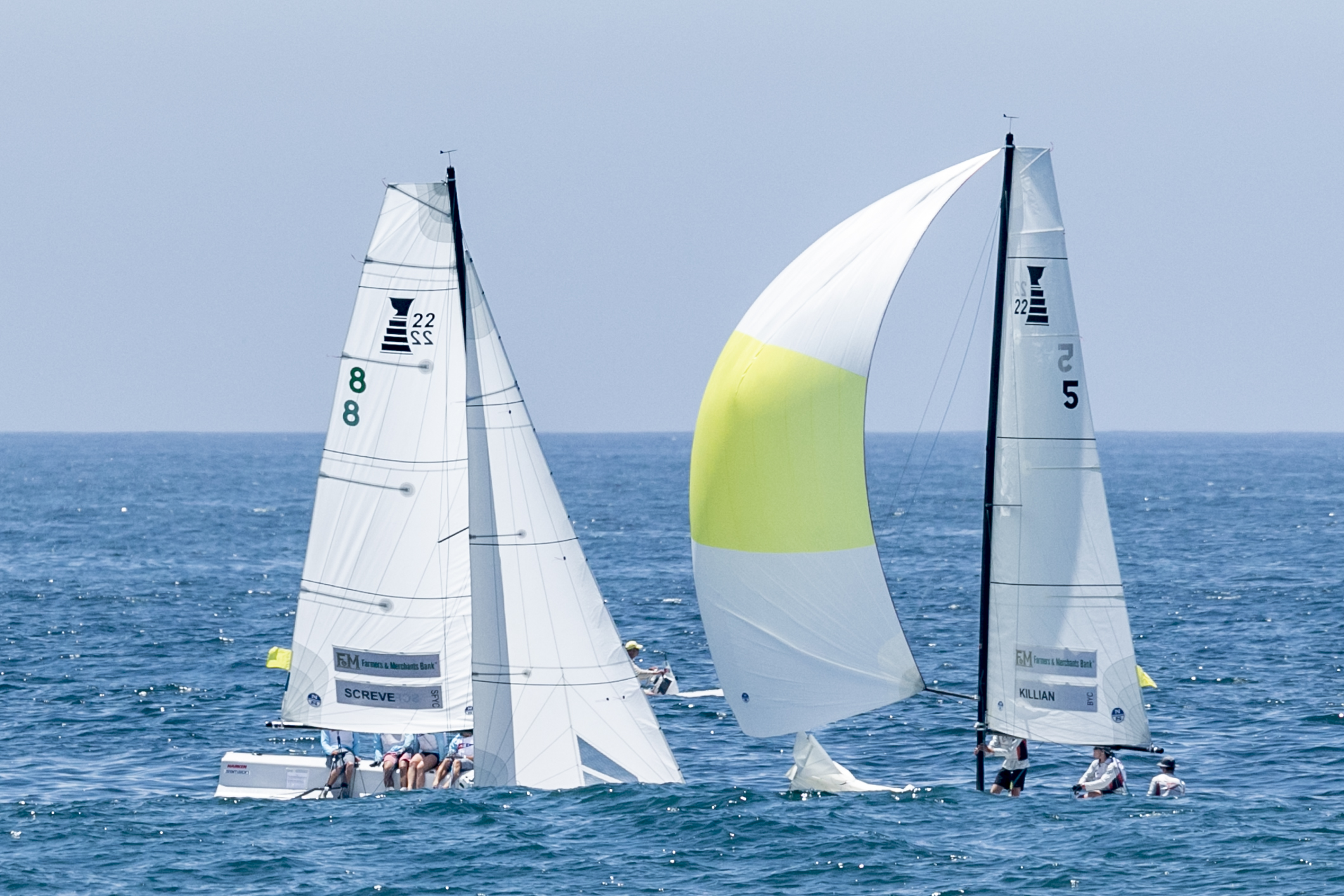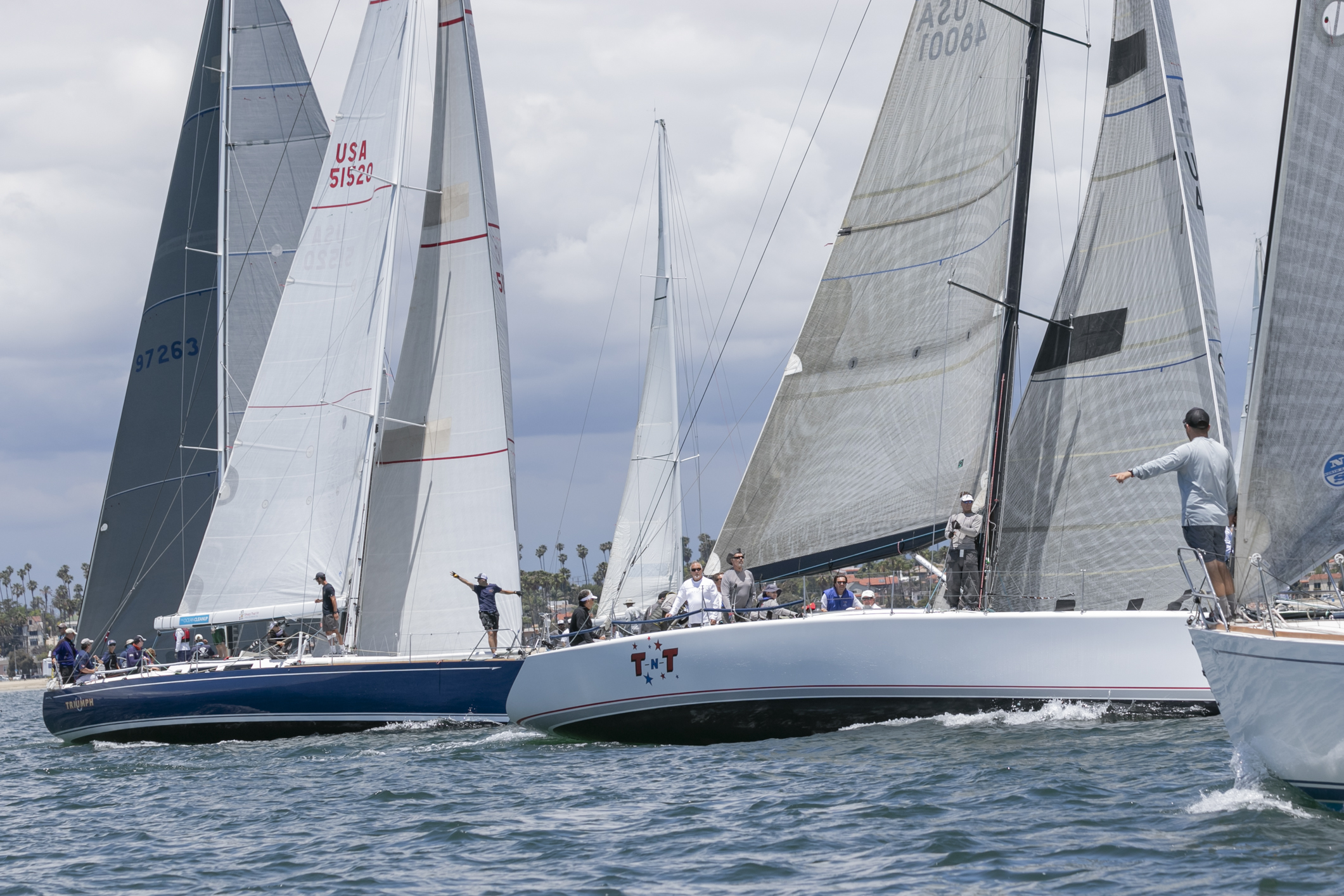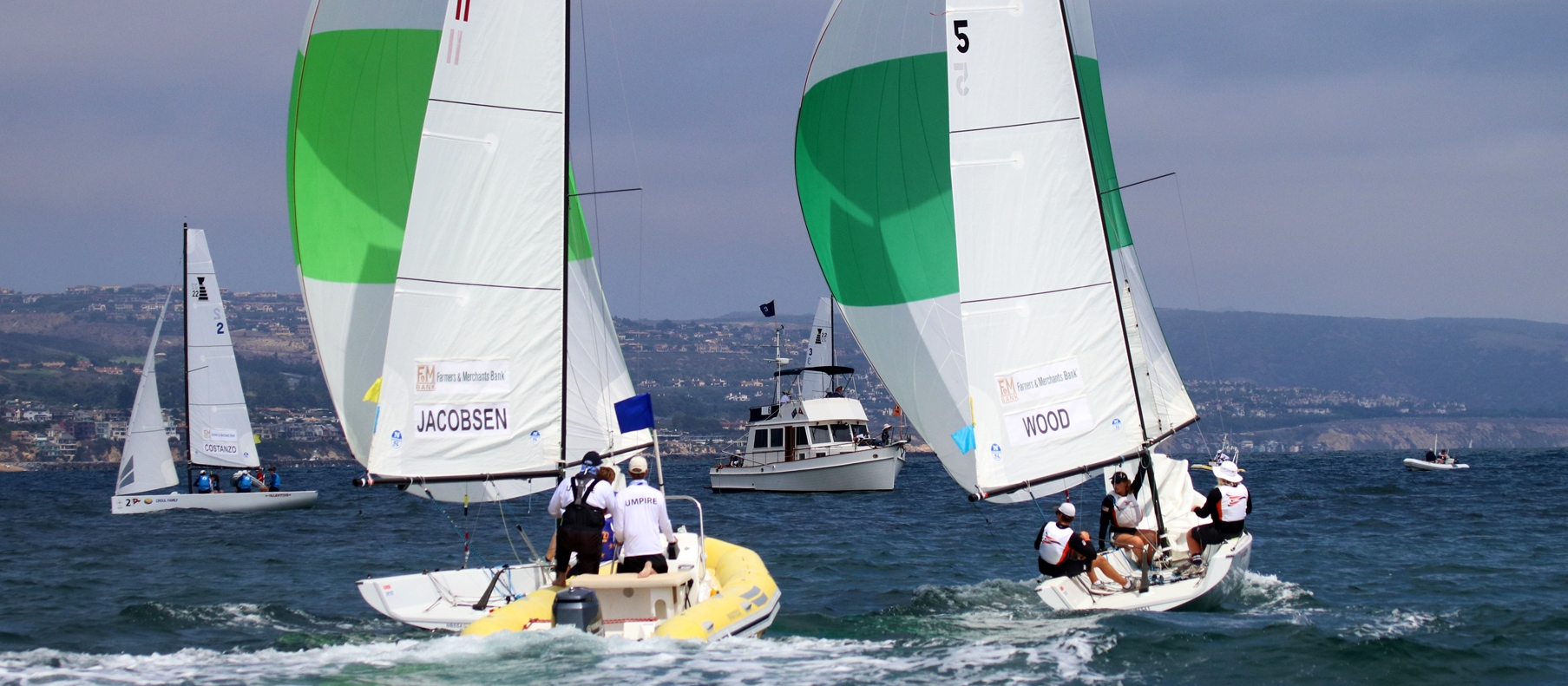Ahoy!
I love to eat Panulirus interruptus.
Before your imagination runs too wild, let me tell you that is a species of clawless lobster common in our coastal waters, the California spiny lobster, and they will begin showing up on dinner plates starting tomorrow, Oct. 2, when our local recreational lobster season opens.
I thought you might be interested in a brief synopsis about catching spiny lobster (and remember that there are different regulations for the commercial guys).
First, do not leave your armchair unless you have a fishing license that is properly endorsed – either an annual license or a one-day permit. Then you may only catch lobsters by hand or with a hoop net, and this means that divers may not use any devices to snag a “bug,” which is the divers’ nickname for lobster.
The minimum size limit is 3 ¼ inches measured in a straight line on the midline of the back from the rear edge of the eye socket to the rear edge of the body shell. You can bring a lobster to the surface for measuring, but by no means can an undersize lobster be brought aboard any boat or ashore. Thus, you must measure immediately, and all “shorties” (the term for undersize lobsters) must be released immediately. Additionally, all lobsters must be kept whole for measuring until you prepare it for eating. This prevents unscrupulous people from trying to conceal the shorties by chopping them into pieces to fool the game wardens.
If you use hoop nets from a boat then only five baited hoop nets may used by any one person, and no more than 10 baited hoop nets may be used off of any vessel. The daily bag and possession is seven lobsters per person, and do not forget the spiny lobster report card requirement to monitor recreational catches. You must have the card, your fishing license, and a lobster gauge in your possession.
To keep yourself out of trouble with California Dept of Fish and Game, go to http://www.dfg.ca.gov/marine/pdfs/lobsterbrochure.pdf for a two-page flyer on the California spiny lobster.
Tip of the week: A question that I am asked frequently around the harbor usually comes from people who just brought a new boat and want to know the best cruising speed for fuel efficiency. Well, times have changed and now fuel efficiency is achieved at higher speeds, rather than by holding back on the throttles. The credit goes to the yacht designers with their innovative planing hulls and new electronic-controlled turbo after-cooled diesel engines with tuned propellers.
The norm for years has been that you will burn more fuel the faster you go and the only savings is time. But the long-established downward sloping graph for the fuel calculations of displacement hulls, like trawlers, do not hold true for the planing hulls.
Granted, most boats cruising at harbor speed will get the best mileage per gallon, and most people think that cruising in the low teens balances fuel use with traveling time. Constantly, I remind skippers off Newport’s coastline to get the boat up on plane, and throttle up for the turbos to kick in for the optimum cruising efficiency.
To analyze my theory, let’s take a look at a vessel’s actual data for cruising 300 nautical miles.
Let’s start with cruising at 8.6 knots, and the boat will average .5 miles per gallon, but it will take you 35 hours (1 1/2 days) to go 300 nautical miles while burning a total of 602 gallons. At this slow speed in the ocean the boat will be sluggish to handle, and rolling with the swells will make most people green. Now, step up to the low teens that most skippers think is the best cruising speed at 11.6 knots, and the mileage is less, at .3 miles per gallon. You complete the 300 miles in 26 hours – little time savings – but almost double the fuel consumption, as you will burn a total of 1,044 gallons.
OK, now put the throttles in the 20s, where the designers have planned the cruising speeds. At 22.8 knots, the boat still gets .3 miles per gallon, and you burn 994.5 gallons of fuel. But you complete the 300 miles in only 13 hours. You have saved slightly on fuel but cut the travel in half compared with the speed of 11.6 knots.
Why stop there, push the throttles to 29.1 knots and you still get about .3 miles per gallon, and you will cover 300 miles in only 10 hours thus, burning only 970 gallons of fuel. The numbers show that faster is better, and the increased speeds are making skippers rethink how they calculate the best fuel consumption rate.
Lastly, the newer hulls will give a better ride when the boat is up on plane performing as the designer intended.
And don’t forget: Tune in to the No. 1 boating radio talk show in the nation, Capt. Mike Whitehead’s Boathouse Radio Show, broadcasting coast-to-coast on the CRN Digital Talk Radio syndicated network every Saturday at noon, Pacific time. Join Chandler Bell and me as we talk about “all things boating.” You can find the station listings, cable TV channels, live streaming on the Internet, and now available are apps to listen to the show for your iPhone, Blackberry, iTouch, Android, Palm, and Windows Mobile at www.BoathouseTV.com or www.BoathouseRadio.com.
Until next week, Safe Voyages!




